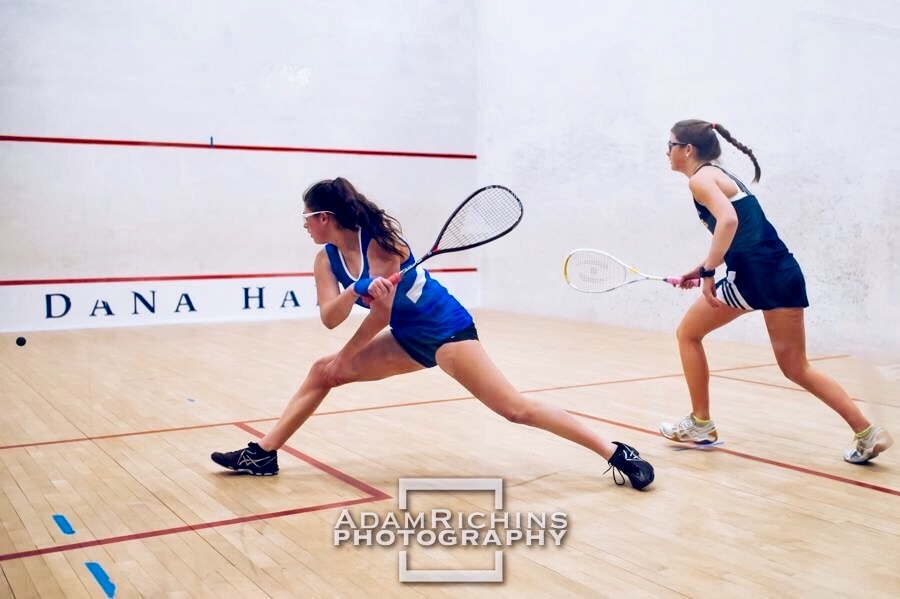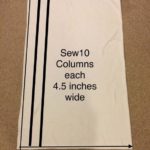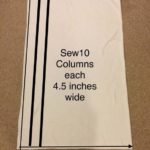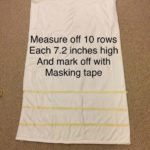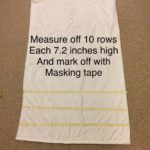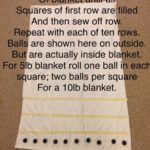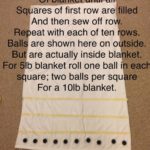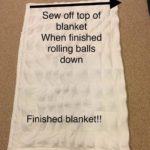Want to make your own ball blanket? Here are the steps you need to follow:
First, decide which size blanket you want to make. We make three different sizes of blankets – a blanket containing 100 squash balls suitable for a person weighing 50 pounds or less (final blanket weight around 5 lbs); a blanket containing 204 squash balls suitable for a person weighing between 100 and 50 pounds (final blanket weight around 10 lbs); and a blanket containing 300 squash balls suitable for a person weighing between 100 and 150 pounds (final blanket weight around 15 lbs).
Then you need the right size fleece and number of squash balls for the size of blanket you have chosen to make:
5 lbs blanket – two 48″x 58″ fleece sheets and 100 squash balls
10 lbs blanket – two 48″x 76″ fleece sheets and 204 squash balls
15 lbs blanket – two 48″x 87″ fleece sheets and 300 squash balls
Once you have the fleece and balls, you will need the following:
thread for sewing
sewing machine
scissors
yardstick/tape measure
painter’s tape/pins to mark channels
Now that you have all the materials, you can prepare the blanket.
- Use safety pins to pin together the edges of two sheets of fleece.
- Sew together three sides of the blanket, make sure the fourth is left open. Go about an inch deep on each side.
- Trim the excess inch of fleece on the three sides of the blanket you have sewn together, flip it inside out, and poke at the corners.
Next you need to measure out vertical channels of equal width. The channels extend the entire length of the blanket and are marked using painter’s tape or pins. Depending on the size of your blanket, you will have the following number of channels:
5 lbs blanket (100 balls)- 10 channels (10 spots for balls, 9 pieces of tape or rows of pins)
10 lbs blanket (204 balls)- 12 channels (12 spots for balls, 11 pieces of tape or rows of pins)
15 lbs blanket (300 balls)- 15 channels (15 spots for balls, 14 pieces of tape or rows of pins)
After the channels are marked, sew the channels along the taped lines or pins. Then remove the tape or pins.
Now measure out horizontal channels of equal width. The rows extend the entire length of the blanket and are marked using the painter’s tape or pins. Depending on the size of your blanket, you will have the following number of channels:
5 lbs blanket (100 balls)- 10 channels (10 spots for balls, 9 pieces of tape or rows of pins)
10 lbs blanket (204 balls)- 17 channels (17 spots for balls, 16 pieces of tape or rows of pins)
15 lbs blanket (300 balls) – 20 channels (20 spots for balls, 19 pieces of tape or rows of pins)
Now you may roll one squash ball down each vertical channel until there is a ball in each channel of the lowest row. Then sew the row off along the line made by the masking tape along the horizontal row. Repeat for each row until all rows are sewed off. Then remove all the masking tape.
When you get to the top of the blanket, fold the raw edges inward and machine stitch it closed. Start and finish with a back stitch for a stronger stitch.
It is best to have around 4 people working on each blanket as it takes a number of people to manipulate the blanket and to roll the balls while holding the blanket. Also as the weight and size of the blanket increases, the difficulty of the work increases.
Here is a step-by-step tutorial of a sample 4×4 blanket. The same process applies to any size blanket – sew the two pieces of fleece together, prepare and sew vertical channels, mark horizontal rows, roll balls, sew off rows, and sew off the top.
Also below are step by step instructions in photos based on the generous contribution from Polartec of fleece.
Please reach out to sydney@squashcares.org, if you are interested in creating your own blankets.

